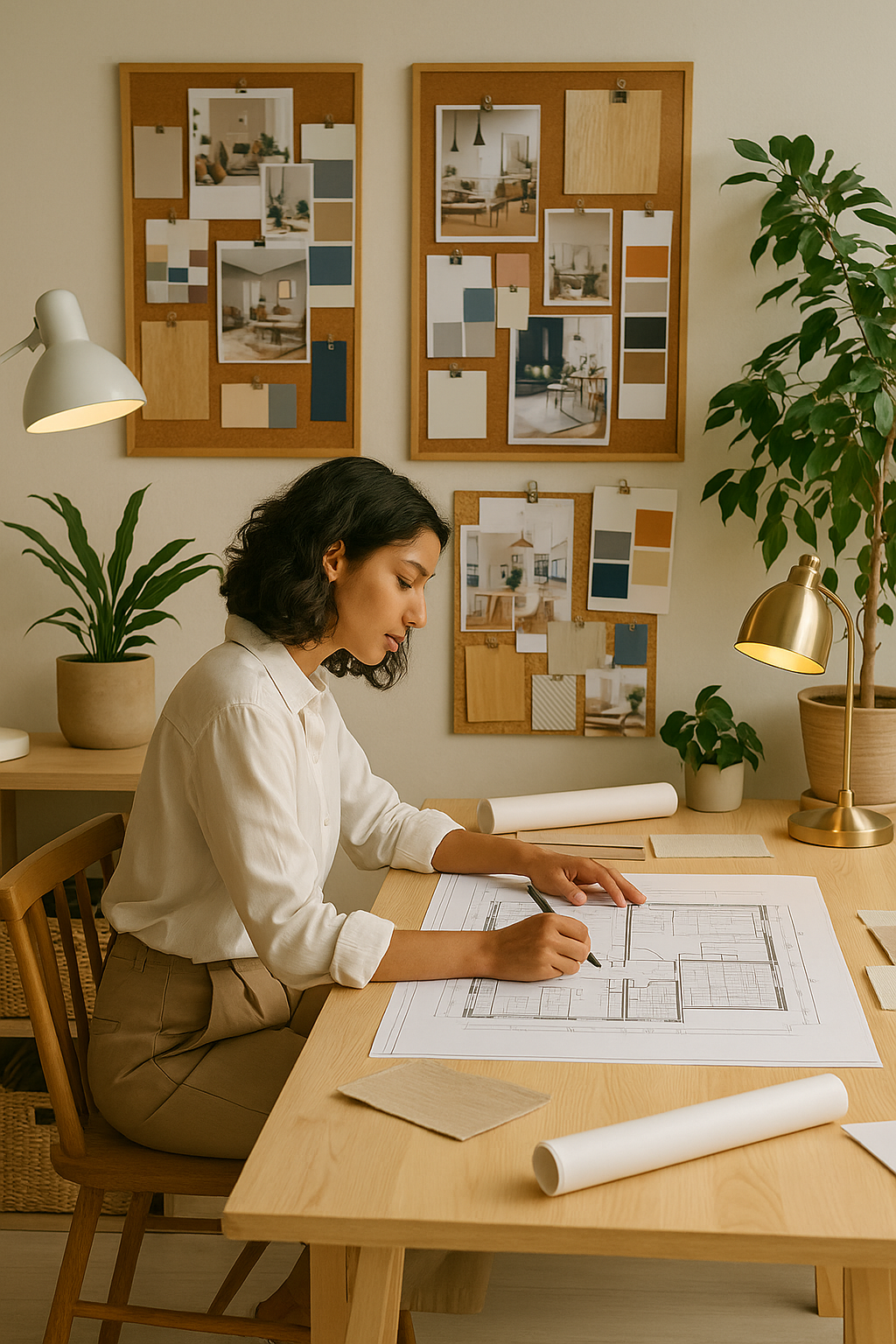Visual communication is a key aspect of interior design - it helps you convey your design concepts and ideas. But you don’t have to be proficient at drawing, or have any experience of drawing at all when you are starting out in interior design. What you do need is the desire to learn and develop your drawing skills, and to consistently push yourself to get better.
I’ve outlined four methods I’ve seen students use to make their work more professional.
1. Practice
It really is the best piece of advice for anyone who wants to improve their drawing. Consistently working on your drawing will help you. Practice involves doing your own drawings and from observing other people’s work. Ensure you don’t directly copy and share another artist’s work without permission or giving them credit but copying work for personal use can actually be quite helpful. Even if you don’t think you are improving, looking back on old work is really encouraging because even subtle improvements become really evident in retrospect.
2. Don’t colour outside the lines
This applies when you’re rendering, hatching or lining. Even if it seems minor and unnoticeable, it really is and it will make the entire work seem unprofessional.
When rendering, practice control with your chosen method of colouring pencils, markers, watercolours, etc. Some methods (like watercolours) are difficult to control if you haven’t used them before. If you’re not confident with your chosen method, go back and practice it.
3. Be neat when lining
When you hatch or line something and it extends beyond where it’s supposed to be it is very obvious. If this happens early on you can redo the drawing or simply use whiteout to erase the lining.
4. Vary the line weight
When your technical drawings are not outlined or they have a uniform line weight, they can look quite plain and nothing stands out. This affects the overall quality of the technical drawings. I always advise students to outline the perimeter of the floor plan and highlight the walls in a slightly thicker marker. This highlights the working area and improves the overall appearance of your work.
There are countless small things that you may decide improves the appearance of your work, and that really is up to you – your style builds up your brand and sets you apart from everyone else. But following a few tips can really improve the quality of your drawings.
It’s important to remember that no matter what your current drawing skill level is, interior design, and indeed any form of drawing, is a continuous process and can always be improved. With enough practice, anyone can excel in the drawing aspect of interior design.
Are there any tips or techniques you’ve used that have helped your drawing? We’d love to hear what they were and how they’ve helped you.

